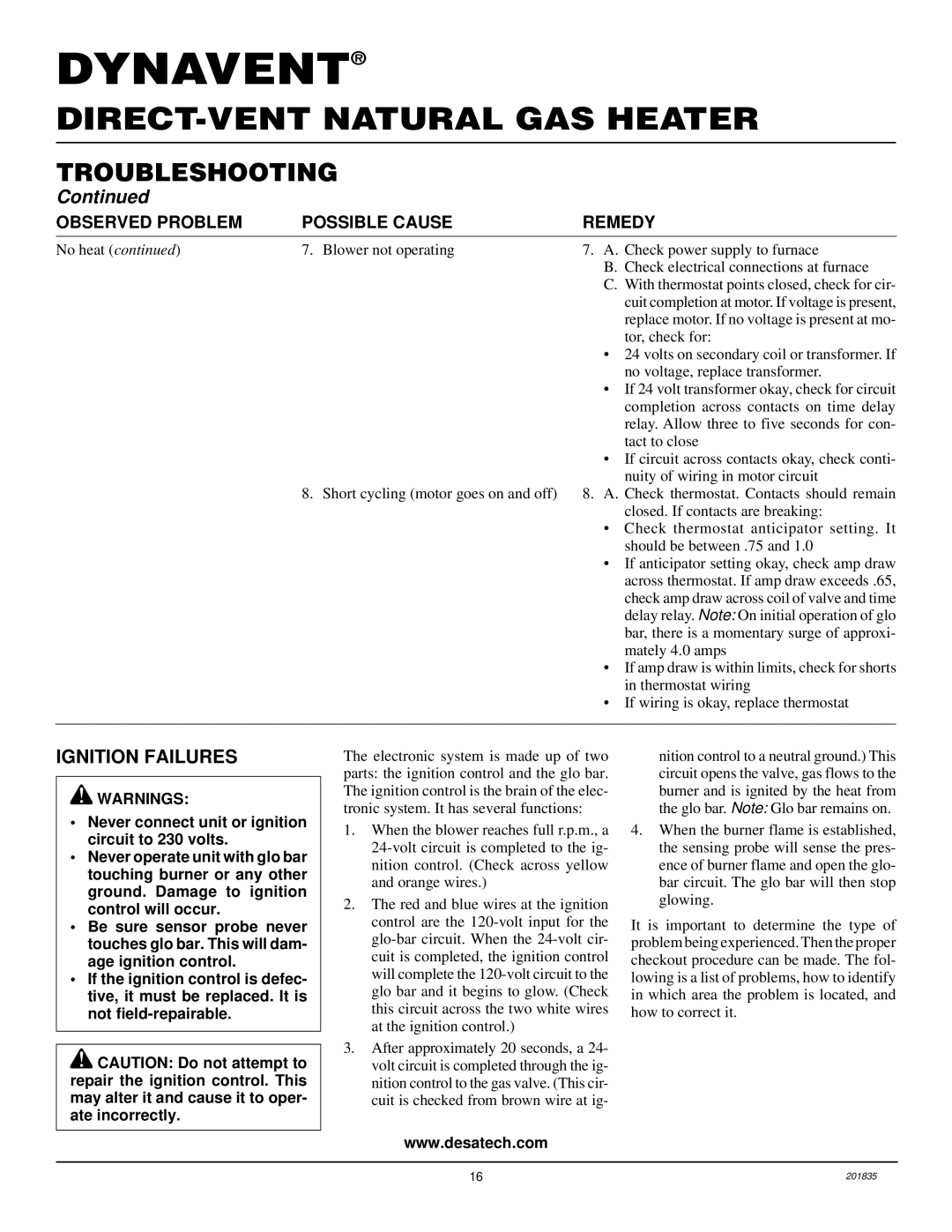DNV25NB, DNV40NB specifications
Desa DNV25NB and DNV40NB are contemporary heating solutions designed to meet the demands of modern residential and commercial spaces. Both models integrate advanced technologies, ensuring efficient performance while promoting sustainability and energy conservation.The DNV25NB is a compact and versatile unit, making it ideal for small to medium-sized environments. It boasts a nominal heating capacity of 25 kW, providing a reliable source of warmth during colder months. One of its main features is the innovative heat pump technology that extracts energy from the environment, thereby lowering electricity consumption compared to traditional heating systems. The unit is also equipped with advanced inverter technology, which allows it to adjust its output according to the heat demand. This results in reduced energy usage and lower utility bills, making it an economical choice for homeowners or businesses aiming to minimize operational costs.
On the other hand, the DNV40NB is designed for larger spaces, offering a robust heating capacity of 40 kW. This model features a dual-stage compressor that enhances its heating efficiency. This technology ensures quick heating response, allowing it to maintain a consistent indoor temperature even in extreme weather conditions. Furthermore, the DNV40NB incorporates smart control systems that enable users to manage settings through a mobile app, providing convenience and remote monitoring capabilities.
Both models are characterized by their eco-friendly refrigerants, which contribute to reduced greenhouse gas emissions. The units are also designed with user-friendly interfaces featuring digital displays, making operation intuitive. Additional safety features, including over-temperature protection and anti-freeze modes, ensure safe usage while prolonging the lifespan of the units.
In terms of installation, both DNV25NB and DNV40NB are designed for easy integration into existing systems. Their compact design enables flexibility in placement without compromising aesthetics. With their reliable performance, energy efficiency, and user-centric technologies, the Desa DNV25NB and DNV40NB offer compelling solutions for those seeking sustainable heating alternatives. Overall, they represent a forward-thinking approach to climate control, combining performance with environmental responsibility.

